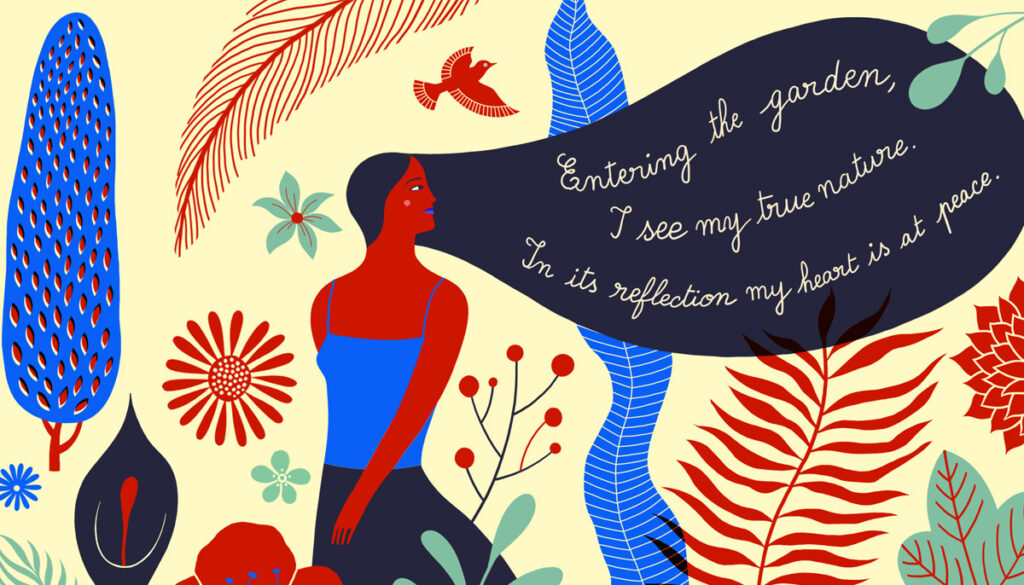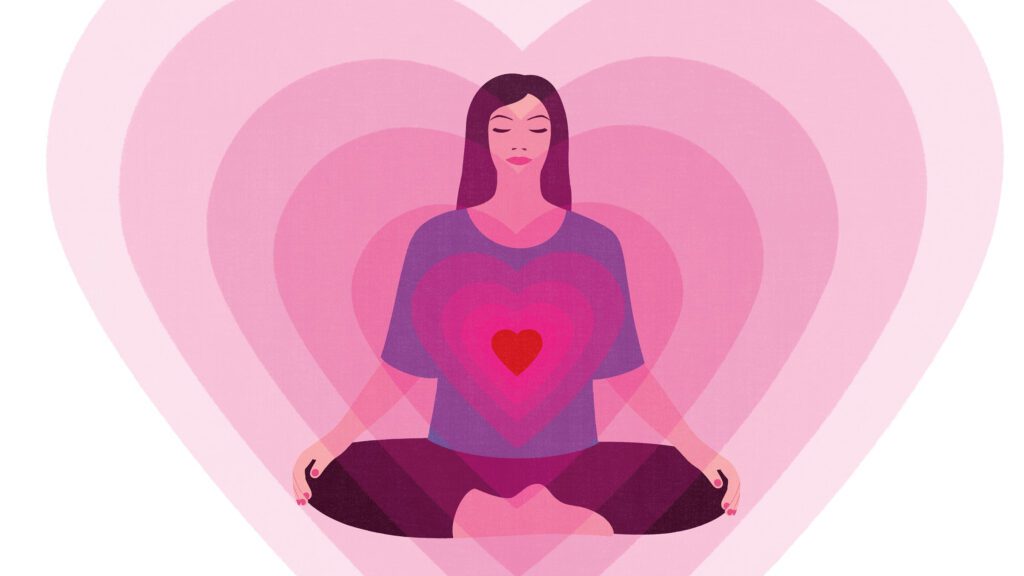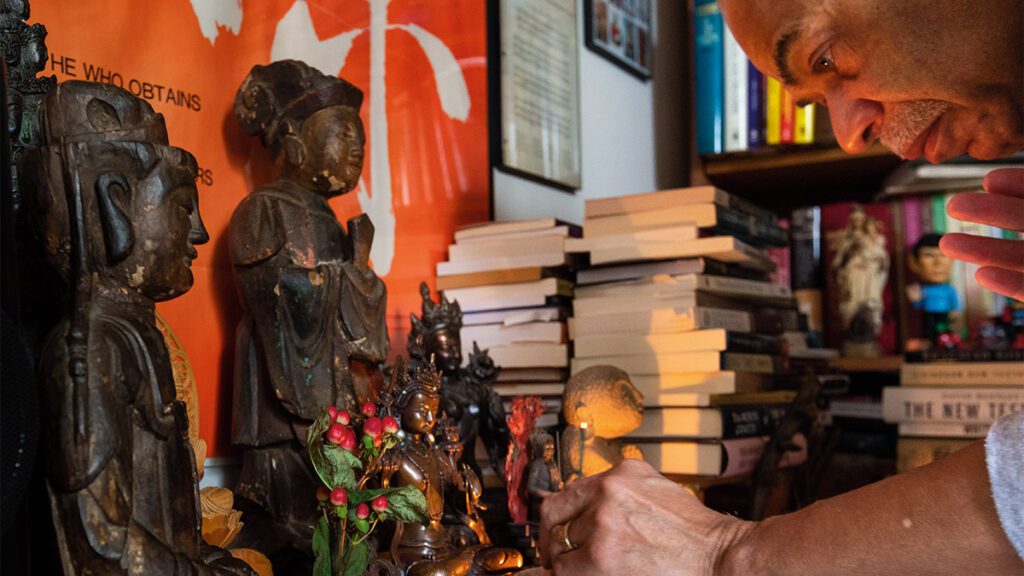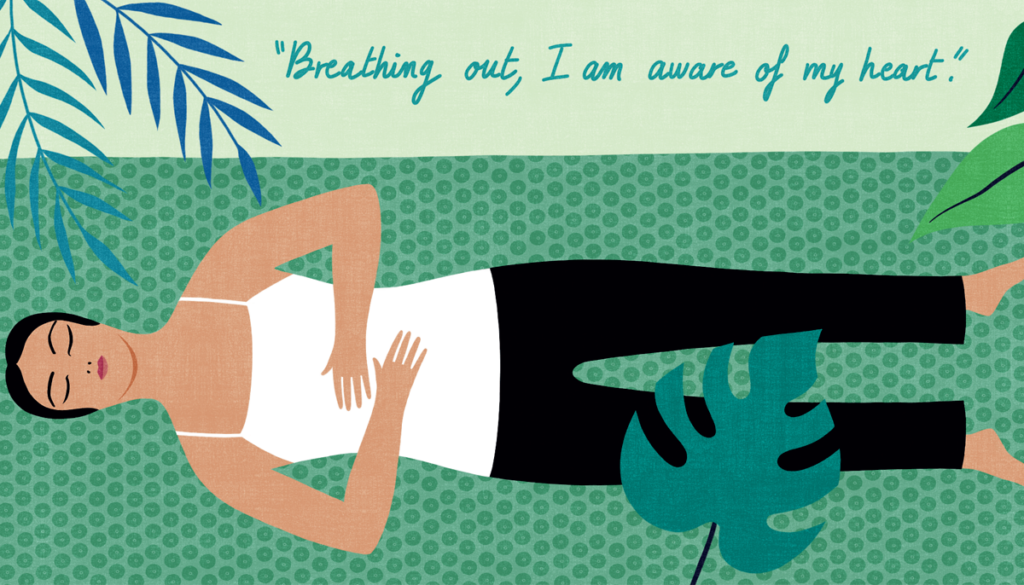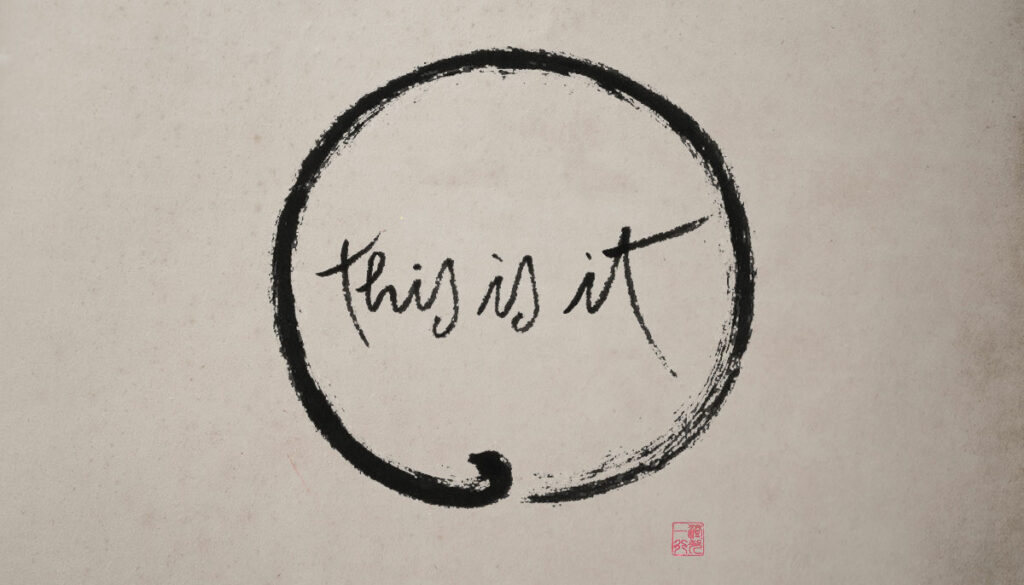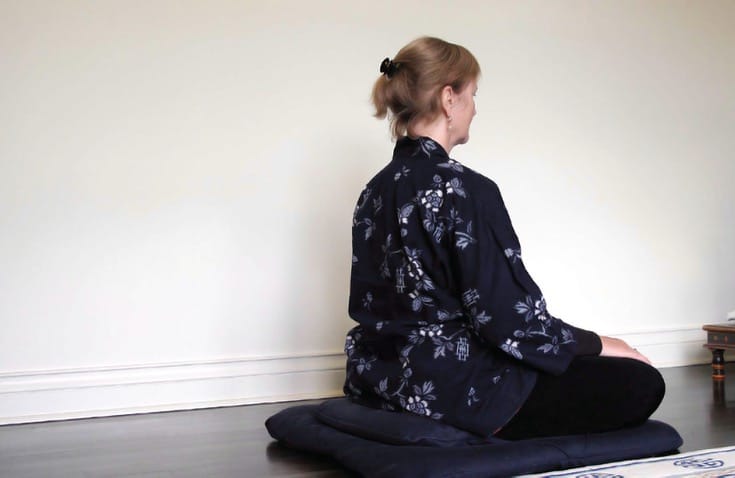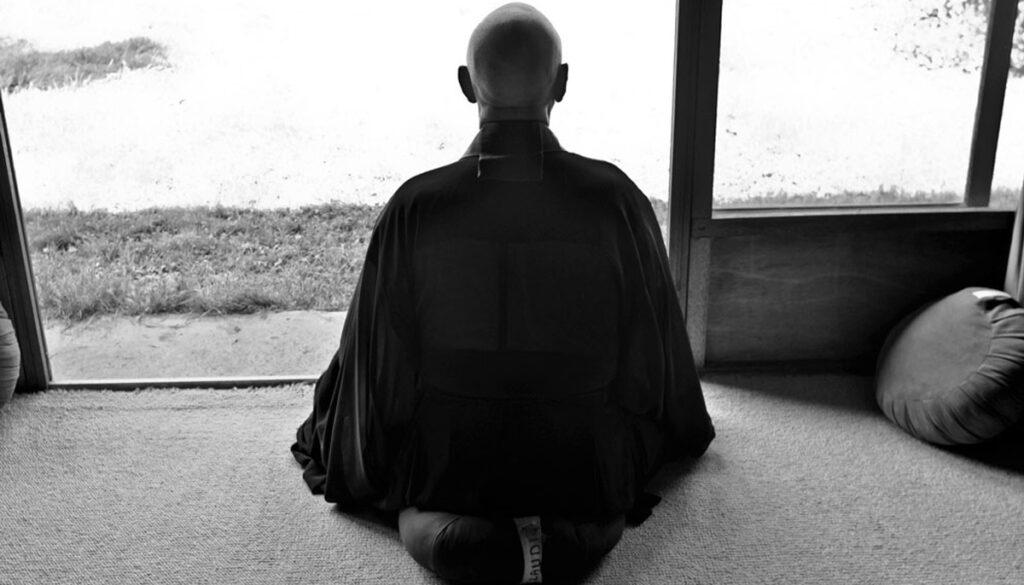Meditation
ADVERTISEMENT
Latest
A 3-Step Practice to Soothe Anxiety
Psychologist Chris Germer’s three-step self-compassion practice to soothe your anxiety with kindness.
How to Do Gatha Practice
By reciting the short verses known as gathas, says Zachiah Murray, we transform any activity into an opportunity to awaken to our true nature.
How to Open Your Heart
Tonglen is a transformational Buddhist meditation that awakens compassion. Susan Kaiser Greenland offers step-by-step instructions.
The Daily Practice of Self-Kindness
You have enlightened nature, says Pema Khandro Rinpoche. If you truly know that, you’ll always be kind to yourself.
How to Create a Meditation Space
No matter your living situation, you can have a place to practice. Yaotunde Obiora explains.
How to Practice Deep Relaxation
Relaxing the mind is a big goal of Buddhist practice, but to do that you need to relax your body as well. Sister Chan Khong teaches us a three-step practice to access a deep restfulness that rivals sleep.
The Four Highest Emotions
Ayya Khema on cultivating loving-kindness, compassion, sympathetic joy, and equanimity.


